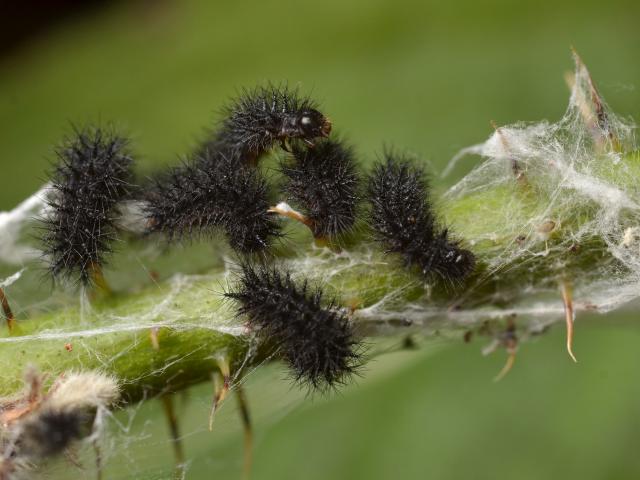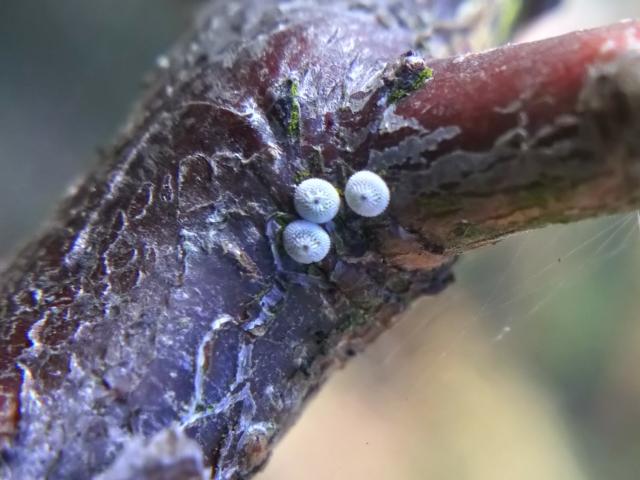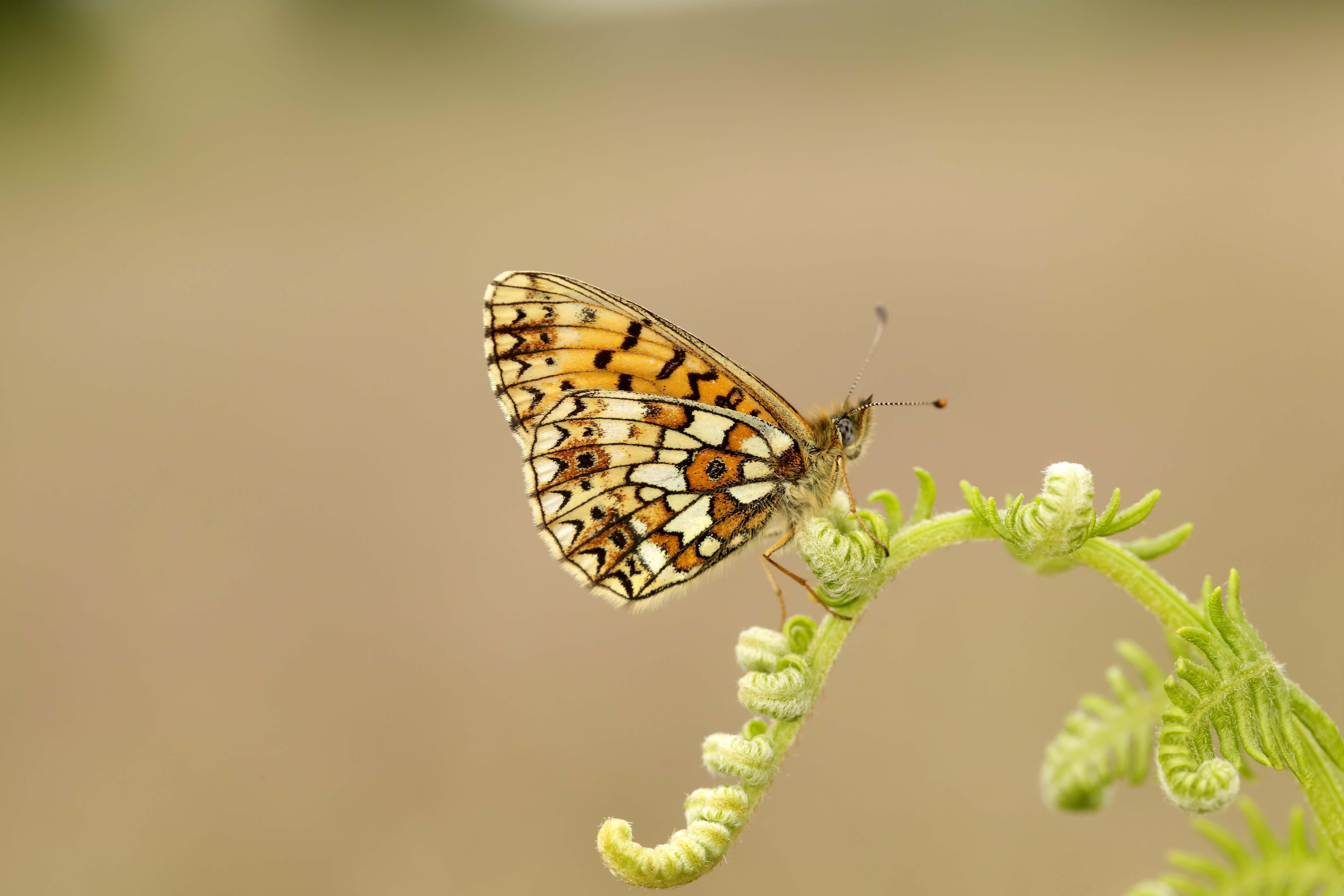The decline in European farmland biodiversity is well documented. The main driver of this decline is also well known: the intensification of agriculture that has taken place in recent decades.
In response, European governments have implemented agri-environment schemes (AES), aimed at supporting farmers by making payments available for environmentally-friendly measures on their farms. In the UK, AES payments are devolved, meaning that they are largely independent in each of the constituent countries. The first Welsh pilot scheme was started in 1992 and was followed in 1999 by the first all-Wales scheme, Tir Gofal (which translates as Land in Care). More recently this has been replaced by a new scheme, Glastir.
Two persistent and related criticisms of AES are: 1) that they do not always benefit the wildlife they are designed to help (due to poor design or implementation, or insufficient uptake), and 2) that they are inadequately monitored. In an effort to address the latter criticism, the European Union have made monitoring of AES mandatory for all member states. Consequently, the Welsh Government implemented a monitoring and evaluation programme for the Tir Gofal scheme between 2009 and 2012. One strand of the monitoring programme was species (i.e. biodiversity); this used a unique cross-taxa approach involving a consortium of five wildlife charities: RSPB (the lead partner), Bat Conservation Trust, Plantlife, Wildlife Trusts Wales and Butterfly Conservation. The results of this work have recently been published in Journal of Applied Ecology1.

Species monitoring took place over three field seasons and used a ‘matched pairs’ design to monitor the populations of conservation priority species on scheme farms compared with non-scheme farms. Target species ranged from those largely dependent on arable land in Wales, for example, Brown Hare, to those which reside in pastoral farmland such as grassland fungi and Lapwing. Three declining butterflies were included in the study, covering a range of habitats and enabling surveys to be spread throughout the year and across different parts of the country: Brown Hairstreak egg surveys in winter, on blackthorn hedges in south-west Wales; Small Pearl-bordered Fritillary adult counts in summer, in wet grasslands and heaths in north-west Wales; and Marsh Fritillary larval web surveys in autumn, in marshy grasslands in southern Wales. Habitat surveys were also conducted for each butterfly species. Across the study period, 95 pairs of farms were visited, recording a total of 3,025 adult Small Pearl-bordered Fritillaries, 1,225 Brown Hairstreak eggs and 97 Marsh Fritillary webs.
Overall the study results show that Tir Gofal had limited benefits for farm wildlife. For most species, there were no differences in abundance between scheme and non-scheme farms. Where differences were observed this was generally in species occurring in arable habitats, for example, Brown Hare, Yellowhammer and arable plants. In arable habitats, the scheme prescriptions usually require a greater intervention than in pastoral farmland, for example by leaving field margins unploughed or by restricting the use of herbicides. In pastoral landscapes, which make up the vast bulk of farmland in Wales, differences between AES and non-AES management are generally less clear-cut, which may explain the lack of benefits detected among species occurring in pastureland.

There was no clear evidence of the benefits provided by the Tir Gofal scheme for the three target butterflies. Population size did not differ significantly between scheme and non-scheme farms for any of the species. For Brown Hairstreak and Marsh Fritillary there was some evidence of better habitat quality on Tir Gofal farms than non-scheme farms, though this did not provide any clear benefits for the butterfly populations, suggesting that differences in habitat may be too slight to be advantageous. The lack of benefits to butterfly populations may be due to scheme prescriptions not being specific enough. For example, while the scheme places limits on sheep grazing intensity in marshy grasslands, exclusion of sheep would be more appropriate where Marsh Fritillary is present, as they tend to graze out the butterfly’s foodplant Devil’s-bit Scabious. Also, scheme prescriptions may not be set at a high enough threshold; Tir Gofal specified that 25% of hedges remain uncut each year, whereas a higher threshold would be required to benefit Brown Hairstreak (whose eggs are removed when hedges are flailed in the winter).
Despite the lack of differences observed in the study, AES may help to maintain populations of target species, by encouraging good management practices and preventing damaging activities, making it more likely that the target species will persist at the landscape scale. Results of the monitoring study should be used to improve AES design, in Wales and more widely across the UK, by identifying and promoting effective management and by seeking alternatives to ineffective management. Monitoring of AES is essential to determine whether schemes are working and providing value for money for the tax payer.
Dr George Tordoff
Senior Conservation Officer (Wales)
References
- MacDonald, M.A., Angell, R., Dines, T.D., Dodd, S., Haysom, K.A., Hobson, R., Johnstone, I.G., Matthews, V., Morris, A.J., Parry, R., Shellswell, C.H., Skates, J., Tordoff, G.M. & Wilberforce, E.M. (2019) Have Welsh agri‐environment schemes delivered for focal species? Results from a comprehensive monitoring programme. Journal of Applied Ecology 56: 1-12 https://doi.org/10.1111/1365-2664.13329


